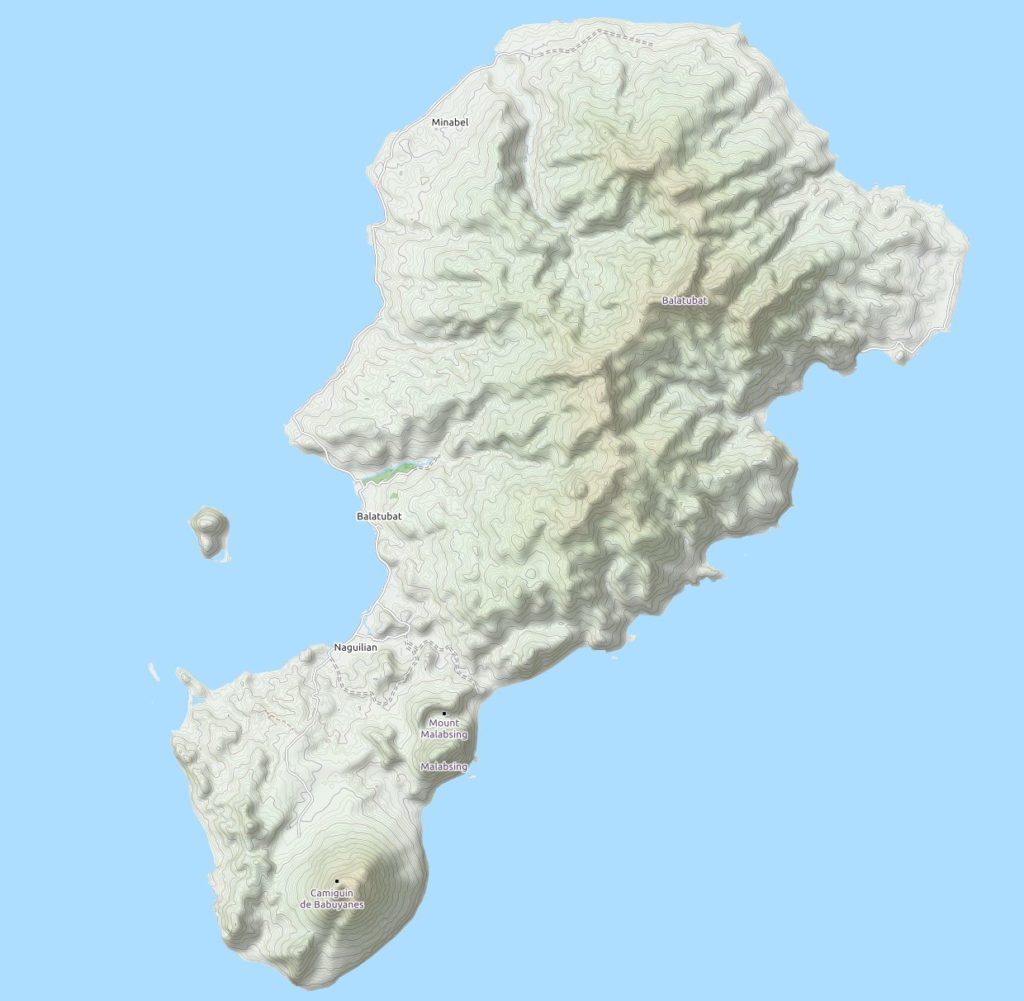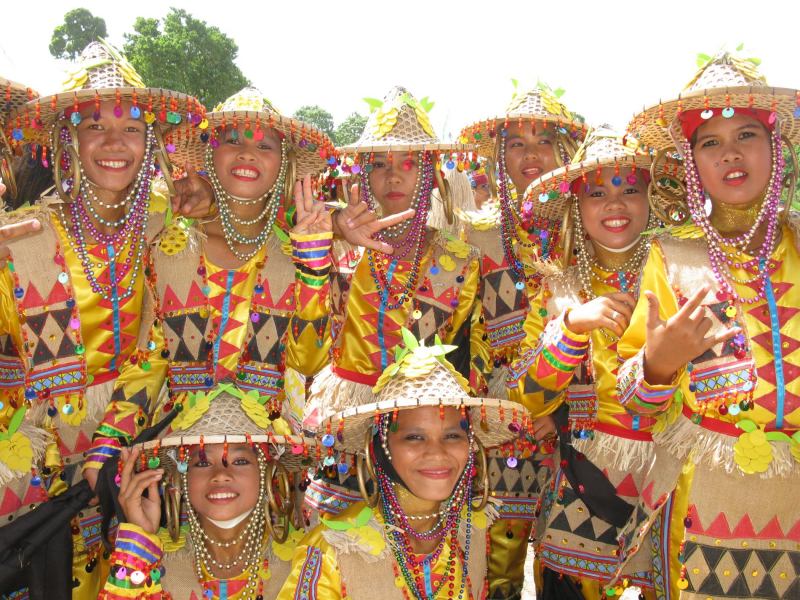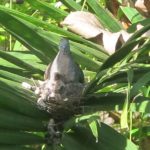Camiguin – two islands so similar – so different

Camiguin – two islands so similar, in the south Camiguin Mindanao and in the north Camiguin de Babuyanes. Both are islands born of fire – of volcanoes.
A post in facebook by the group “Earth Shaker” on January 29 did confuse many of my friends. They had never heard of Camiguin Island, a part of the Babuyan Group of Islands in the province of Cagayan. Camiguin and Cagayan made them think of me, living on the southern Camiguin. I promised to clarify.
In the Philippines you often find towns and cities with the same name. I think of Naga City on Cebu island and Naga City in Camarines Sur. That there are two islands with the same name – Camiguin – is rather strange.
Wikipedia says that the name Camiguin is derived from the native word Kamagong, a species of ebony tree that thrives near Lake Mainit in the province of Surigao del Norte, the region from which the earlier inhabitants of the islands, the Manobos, came. Kamigin, the local language of Camiguin, is the northernmost variant of the Manobo languages.
Although this explanation seems to correspond to Camiguin Mindanao, it does not explain the same name for Camiguin de Babuyanes. I am curious to learn more.
Camiguin – two islands so similar
Both Camiguin islands are born of fire. Both islands still have active volcanoes.
Camiguin de Babuyanes (Norte) lays 1100 km (683 mi) north of Camiguin Mindanao (Sur).
Camiguin Norte has an area of 166 km2 (64 sq mi). It attains a length of 22.8 km (14.2 mi) long and width 11.8 km (7.3 mi).
Camiguin Sur measures 237 km2 (91.87 sq mi). Its length reaches 22.0 km (13.6 mi) and its width outreaches 15.3 km (9.5 mi).
Camiguin Mindanao’s active volcano is Hibok-Hibok. It is a stratovolcano. It’s elevation is 1332 m (4370 ft). The last eruption has been recorded in July 1953. Mount Hibok-Hibok warms up two hot springs: Ardent Hot Spring on its slope and Tangub Hot Spring on the shore. There are 6 other inactive volcanoes on the island.
Camiguin Mindanao is accompanied by a small island with white, sandy beaches – Mantigue island. Mantigue is a coral island.
Camiguin de Babuyanes on the island with the same name is also stratovolcano. With 712 m (2336 ft) it is about half of the height of its sibling in the south. It’s last eruption had been in 1857. Later eruptions in 1991 have never been confirmed. A boiling spring is located near sea level on the western flank of the volcano.
Camiguin de Babuayanes has also a companion island called Pamukatan or Pamactan. This island is of volcanic origin.
Camiguin – two islands so different
Camiguin de Babuyanes – Camiguin NorteCamiguin Norte
Camiguin Norte isn’t well documented. The island belongs to the 3rd class municipality of Calayan in the province of Cagayan. On Google Earth we fond 3 small villages and 2 hamlets on the island. Minabel and Naguilian are the largest villages and barangays on the island.
As the Philippines Statistics Authority (PSA) is not of much help, I estimate the population of Camiguin of 2 to 3 Thousand people.
Infrastructure is almost inexistent. There are some small rough roads between the villages and horse tracks between the hamlets. Telephone: You can reach the island by landline (+63 946 523 xxxx). Cellphone is not confirmed.
Tourism: You can travel to Camiguin Norte from Aparri by motor-bangka. Call/text Imee (+63 946 523 0935) for more information. This service seems to be rather sparse. The only accommodation I found is Awit’s Homestay (+63 946 523 0935) in Naguilian.
Attractions: Whale watching in Camiguin Norte attracts nature lovers beside active volcano tours. The northern tip of the island is an important breeding site of the Humpback whales.
While writing this article I decided to visit this other Camiguin as soon I can travel again. This remote island seems to be mostly untouched. It invites the nature lovers to hike on his/her own trails.
Camiguin Sur
Camiguin Sur has a good documentation background and you find many websites. Of course I recommend our Camiguin pages 😉
On June 18, 1966 Camiguin became an independent province, to be the second smallest on in the Philippines. The Capital is Mambajao in the municipality with the same name.
By 2015 the population had counted 88,478 heads. Now in February 2021 I estimate that we attain just below 100,000 people living here. The Philippines Statistics Authority (PSA) is again of not much help.
Infrastructure has been well developed in the recent years. All principal roads are built of concrete. PLDT offers telephone lines and fiber internet access. Globe and Smart provide the island with cellphone access in all towns. But there are still some coverage holes.
Tourism: In normal times you can reach Camiguin by plane and by ferry. You may choose to stay in a native cottage or in a 5 star resort. You have a vast choice among many resorts, hotels, guest-houses and Airbnb accommodations.
Attractions: I recommend to visit this map. You need at least 5 days to discover all the interesting sites of the island. And add another 2 or 3 days to chill on the black and white beaches.
I hope that the travel bans and restrictions because of COVID-19 will soon end. Tourism in the Philippines has extremely suffered. I have the chance to live on Camiguin island, one of the provinces with the lowest number of COVID-19 cases. Hopefully I shall travel soon again.
















Recent Comments